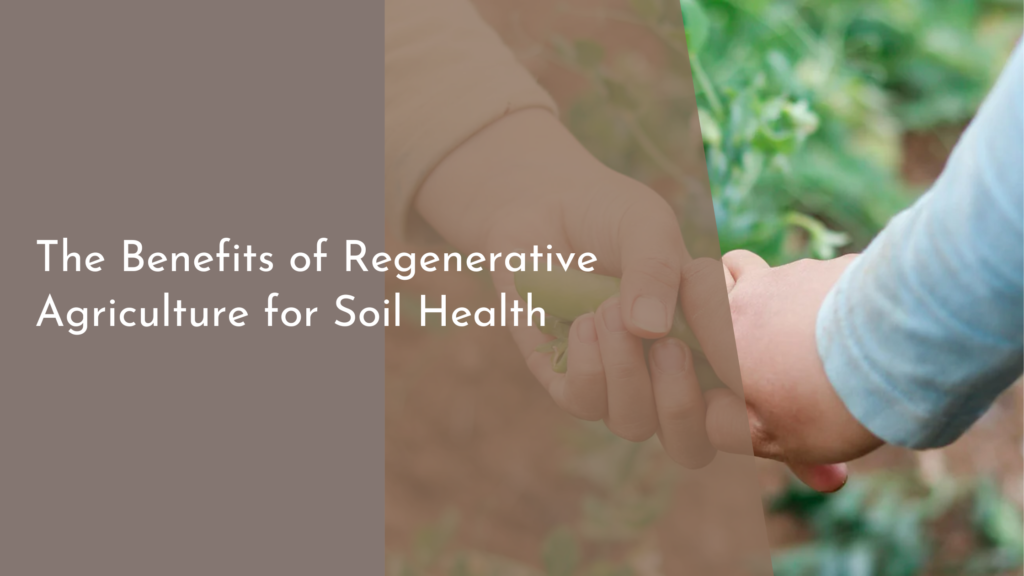Agroforestry and Circular Organic Farming Systems
Agroforestry and circular organic farming systems are two transformative approaches in the world of sustainable agriculture. They not only enhance productivity but also foster resilience in our ecosystems. By integrating trees into farming practices and promoting a circular economy, farmers can create systems that support biodiversity and improve soil health. This article explores the joys and benefits of these innovative methods, highlighting how they can pave the way for a greener future.
Discover the Joy of Agroforestry in Sustainable Farming
Agroforestry is a delightful blend of agriculture and forestry, where trees and crops co-create a thriving ecosystem. This practice leverages the strengths of both trees and crops, allowing them to grow together harmoniously. Farmers can enjoy multiple yields from the same piece of land, including fruits, nuts, timber, and various crops. The diversity not only enhances dietary options but also increases farm resilience to pests, diseases, and extreme weather conditions.
Moreover, agroforestry promotes a rich habitat for wildlife, contributing to biodiversity conservation. The presence of trees in agricultural landscapes can serve as corridors for birds and beneficial insects, encouraging natural pest control. As farmers experience the numerous rewards of agroforestry, they also cultivate a deeper connection to the land, discovering the joy that comes from nurturing a balanced, diverse ecosystem.
Circular Organic Farming: A Path to Healthy Ecosystems
Circular organic farming is an inspiring approach that emphasizes sustainability and resource efficiency. By minimizing waste and closing the loop in agricultural production, farmers can create a self-sustaining system where organic materials are recycled back into the soil. This practice not only reduces reliance on synthetic fertilizers but also improves soil fertility and structure, fostering healthier crops.
In a circular organic farming system, every element has a purpose. Crop residues return nutrients to the soil, while composting organic waste rejuvenates the land. This regenerative approach enhances the resilience of the ecosystem, allowing it to flourish without depleting resources. As farmers embrace circular practices, they contribute to a more sustainable food system that prioritizes health, both for the planet and for the people who inhabit it.
How Trees and Crops Grow Together for a Greener Future
The integration of trees with crops in agroforestry systems creates a symbiotic relationship that benefits both. Trees provide shade and protection for crops, which can lead to increased yields, especially in hot climates. Additionally, tree roots penetrate deeper into the soil, accessing nutrients that are otherwise unreachable for shallow-rooted plants. This cooperative dynamic enhances overall productivity while promoting soil health through improved structure and moisture retention.
Furthermore, trees play a crucial role in carbon sequestration, helping to mitigate climate change. By incorporating agroforestry practices into their operations, farmers contribute to reducing greenhouse gas emissions while simultaneously benefiting from the economic advantages of diversified production. This dual impact makes the combination of trees and crops an essential strategy for fostering a greener, more sustainable future.
Embracing Nature: Benefits of Circular Farming Practices
Embracing circular farming practices leads to a myriad of benefits for both farmers and the environment. By focusing on reducing waste and recycling nutrients, farmers can create a more efficient system that lowers input costs and enhances productivity. This resourceful method empowers farmers to take control of their inputs, resulting in healthier crops and improved yields without the need for expensive chemical fertilizers.
Additionally, circular farming promotes a thriving ecosystem that supports various species of flora and fauna. This biodiversity not only contributes to a balanced environment but also protects against pest outbreaks and enhances pollination services. Ultimately, adopting circular organic farming practices enriches the land, boosts farm resilience, and fosters a sense of community among farmers who share a commitment to sustainability and ecological stewardship.
Agroforestry and circular organic farming systems are paving the way for a sustainable agricultural movement that benefits both people and the planet. By integrating trees into farming and embracing circular practices, we can create resilient ecosystems that thrive on diversity and sustainability. As we discover the joy of these innovative approaches, we can work together towards a greener future, cultivating not only our crops but also a healthier environment for generations to come.

